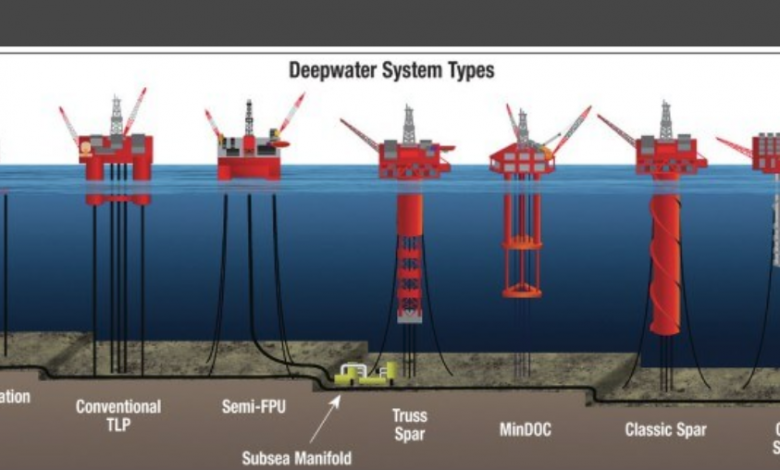Oil Rigs Losing Steam in More Ways Than One

There are two types of oil rigs, as there are two ways to pull oil from the ground: onshore and offshore. Though generally similar in many ways, offshore drills vary based on the required mobility and depths that need to be reached underwater.
Before drilling, a seismic survey is done of the area that allows producers to locate the oil and natural gas. Once located, fossil fuels are sent through pipes from the newly-drilled wells and sent to holding sites. There are normally several wells per confirmed drilling site, depending on how much oil was found during the survey.

As oil prices increase, more rigs are put in areas that prove viable. There is a lag between rising oil prices and increased rig count, as producers watch the market to ensure putting a rig to service will increase profitability.
Oil rigs around the world
There are thousands of oil rigs around the world. At the beginning of 2019, there were 2,265 oil rigs around the world, which is up from a 2015-configured amount of just over 1,400. A majority of these rigs are offshore in the North Sea, the Gulf of Mexico, and the Persian Gulf — each hosting 184, 175, and 159, respectively. Areas in the Far East and Southeast Asia are closely behind these areas with about 150 each.
In the U.S. there are fewer than 30 rigs, according to Statisa’s 2018 review, and Canada is the newcomer with one rig on both coasts.
However, the 2019 numbers are causing a stir in those watching oil prices.
The numbers are dropping… but not everywhere
At the beginning of November 2019, the oil rig count was 264 down from 2018 at the same time. The number now stands at 817, according to Oilprice.com — a watchdog of the oil market. This is the eleventh week that 2019 has seen drops in oil rig count, according to the rig-counting extraordinaire at Baker Hughes. However, oil production is flourishing. For five straight weeks, oil producers have held steady at 12.6 million barrels per day. That’s almost 1 million barrels per day more than what was being drilled at the beginning of the year.
In the past, the steady decline in oil rigs would have meant that oil prices were decreasing. But that doesn’t seem to be the case anymore.
Measuring the future
In decades prior to now, rigs were the oil forecasters’ most handy tool in determining the future of the industry. Today, more efficient extraction practices have added several factors that are now a must when considering the future of oil prices. Baker Hughes, a GE company, releases data on oil rigs in North America each week and releases a count every Friday. For international numbers, Baker Hughes releases a rig count on the fifth working day of each month. And as stated, Baker Hughes has consistently reported a downward trend in oil rigs that are currently in service, but oil markets are holding steady where they are.
Gone are the days of counting oil rigs to determine the rate of oil outputs. This may be due to the oil price collapse that lasted from 2014 to 2017. This scare made producers get creative. They needed better, stronger, and more efficient methods to extract oil. So, hydraulic fracturing and horizontal drilling were taken by new technologies that helped companies achieve their goal — which ultimately came down to staying in business. One media outlet called the new, improved U.S. oil industry a “lean, mean crude producing machine.”

This, though, does complicate determining the future of oil pricing. Companies must be able to lean on quantitative and non-traditional methods in order to determine the price of oil. Some of the factors to consider are supply and demand, hiring statistics, frac sand use, and more.
Sources
M. Garside (2018). “Number of offshore rigs worldwide 2018 by region” Statista
Julianna Geiger (2019). “The Rig Count Collapse Is Far From Over” Oilprice.com
Jude Clemente (2019). “Does The U.S. Oil Rig Count Still Matter?” Forbes



